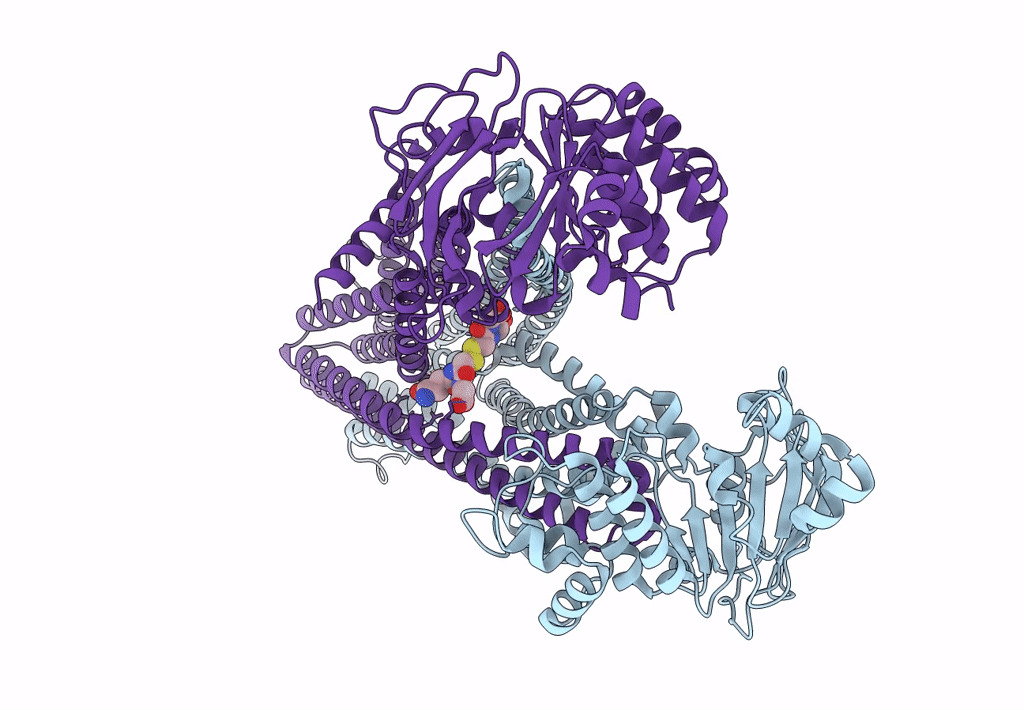
Deposition Date
2021-06-05
Release Date
2022-04-13
Last Version Date
2024-05-29
Entry Detail
PDB ID:
7N59
Keywords:
Title:
Structure of AtAtm3 in the inward-facing conformation with GSSG bound
Biological Source:
Source Organism:
Arabidopsis thaliana (Taxon ID: 3702)
Host Organism:
Method Details:
Experimental Method:
Resolution:
3.60 Å
Aggregation State:
PARTICLE
Reconstruction Method:
SINGLE PARTICLE


